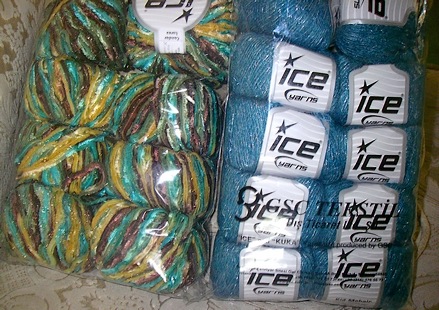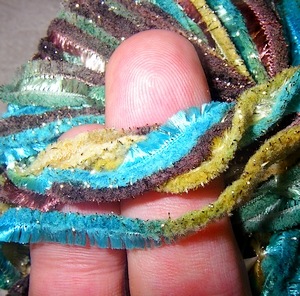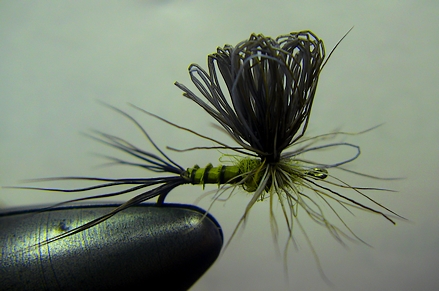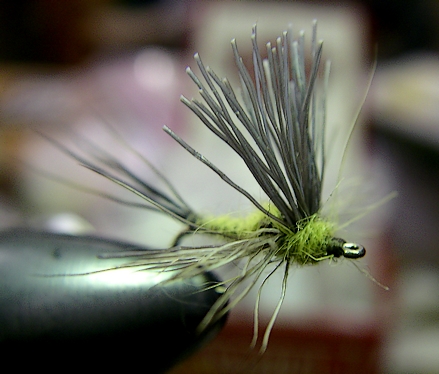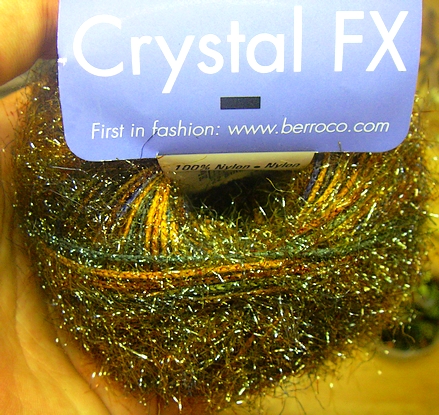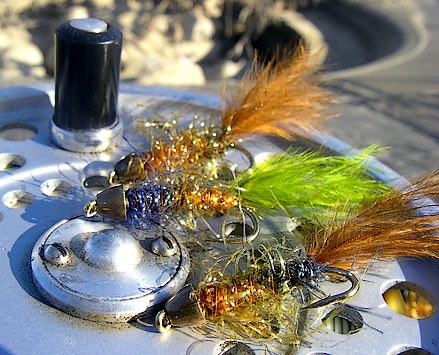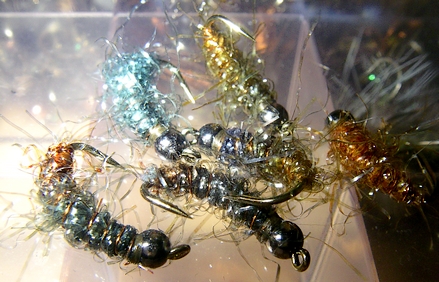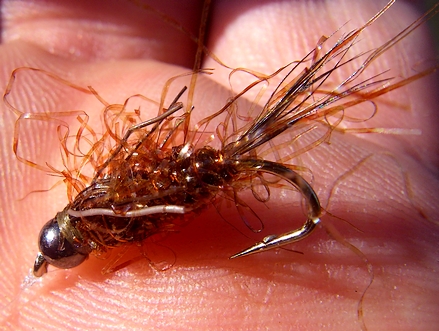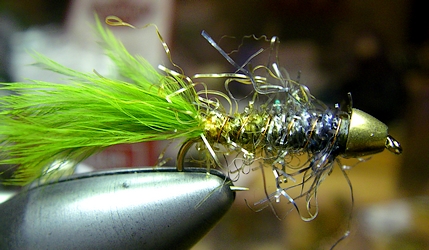Mohair is the fur from the Angora Goat and has been used in textiles since the 16th century. It’s a wiry, spiky fiber – with muted luster, and unkempt appearance. Synthetics, with their bright colors and sparkle compete for our eyeballs in the same aisle, and the cornucopia of synthetic yarns has purged most of our aging stalwarts in recent years.
It’s also cheap, readily available in hundreds of colors, can be purchased at any millinery store, and blended with other fibers to make it softer, less spiky, or more durable.
I buy it in the “mutt” styles where each skein contains one to three colors and use it as filler on my dubbing blends. It’s a low cost alternative to an Australian Opossum (~$45ea) and is available in a bewildering assortment of colors.
Each skein is approximately a half pound, and if purchased in quantity costs about $1.50 each. It’s the preferred agent to learn “dry dyeing” or blending colors and natural fibers so you’re no longer dependent on the narrow range of dubbing available at your fly shop.
Creation via Destruction – Making the components
I’ll yank off 40 yards and break the yarn apart into its component colors. This is a great task for weekday quality time – when either the spouse insists on a romantic comedy or you’re stuck minding the rugrats.
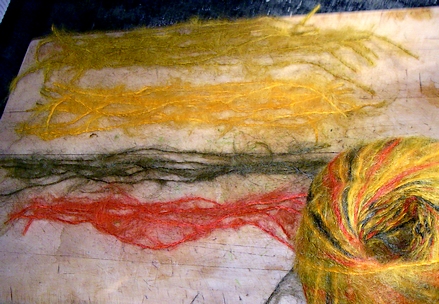
The weave of the yarn dictates how small you’ll have to chop it to reduce in your coffee grinder. Sometimes twisted, others are woven – just make sure it’s 100% Mohair without the weave being a different material. 3/8″ segments should be small enough for both twisted yarns or the woven variant.
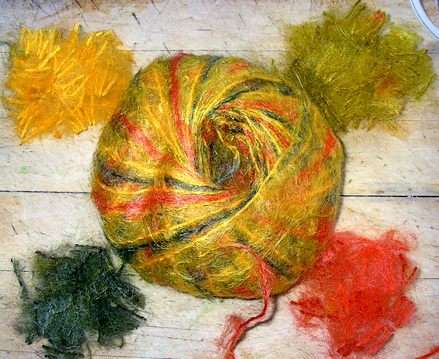
Your coffee grinder should be “blade” style, not the newer “burr” grinders. The cheap flavor is around $15, and you’ll need to be sensitive to heat buildup – as you can easily burn the motor up making a pound or more of dubbing.
It should not be the grinder used to make coffee unless you like drinking mustache.
I try to make at least a half ounce of each color, and when you start fiddling with blending primary, secondary, natural fibers, and sparkle – you’ll be a creative dervish and can burn that little toy motor into slag.
Stretch the process over a couple of days, use multiple blenders, and let them cool down between sessions. You’re going to like the result and the temptations to make additional colors will keep you coming back to grind again.
The Art of Blending – How to tear and mix without swearing
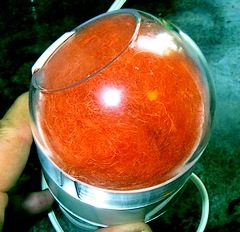 The quantity of shreds added to the blender determines whether it’ll blend or simple remain immobile and make funny noises. In order for the grinder to tear apart and blend the yarn it has to move the contents freely inside the container, spinning the fibers like a cotton candy machine.
The quantity of shreds added to the blender determines whether it’ll blend or simple remain immobile and make funny noises. In order for the grinder to tear apart and blend the yarn it has to move the contents freely inside the container, spinning the fibers like a cotton candy machine.
If it’s immobile it’s not mixing anything, you’ll need to remove fibers until the ball of material spins around unimpeded.
Run multiple small batches through the grinder to build the larger lump of fur. As each batch is reduced to fur (97% fur and 3% shreds), yank it out and start the next pinch.
Maybe you’ll have to run 10 or 15 small batches, but most won’t take more than 30 or 40 seconds each, so the task is neither time consuming nor arduous.
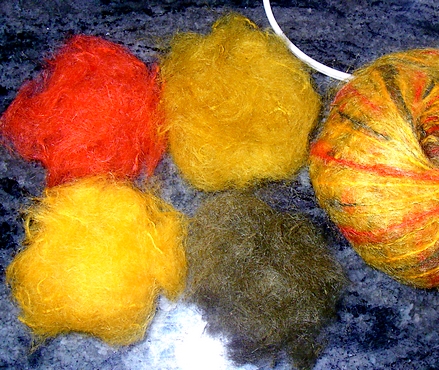
There will always be some few shreds that don’t reduce, I’ll pick these out later (or use them) when I’m tying the flies.
From the above four colors we can make at least 8 additional colors by mixing them, and if we add sparkle and natural furs to the blends we can make upwards of 50 separate shades as well as multiple styles.
For a dollar you’ll become the next Picasso, but it’d be wise to consult the Artist’s Color wheel as it’s the bible for building shades and tints.
Adding Mother Nature – how to prepare animal fur for addition
I’ve never cared for commercial monochrome dubbing, most are made by dyeing white rabbit pelts and every fiber in the bag is the same color. Hareline and most vendors make simplistic dubbing – tossing skins into the dye bath and trimming the result into the plastic bag you purchased.
Mother Nature doesn’t color her bugs in a single drab monotonous color, and a mixture of shades and hues appeals to me on a variety of levels, both scientific and artistic. Mohair is the base fiber of my bulk blends (beaver fur is the base for fine), and I prefer to break it up with natural fibers and guard hairs from both the Red Fox Squirrel and Woodchuck. Both of these animals are giant versions of a Hare’s Mask, and offer the same wonderfully marked hair.
Sometimes I’ll dye the Squirrel or Woodchuck for a specific effect, the rest of the time I’ll add them in their natural color, letting the amount of colored mohair determine the final shade. Small amounts will just break up the dyed mohair color slightly, larger amounts will make a new color – a drab, toned down version of the original.
As we’re fiends for earth tones, drab or muted color is exactly what we’re looking for in trout patterns.
I’ll use scissors or razor blade to remove all the fur and guard hair from the center spine of the hides, and toss them into a paper sack. We’ll have to break their affinity for each other with a coffee grinder, and that’ll turn the regular barring into a disorganized speckled mass of colors.
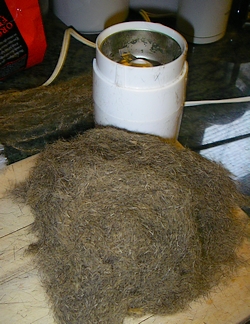
The same blending rules apply for natural fur; use small amounts from the pile to blend, and if the ball isn’t moving it’s not mixing.
All we’re doing is reorienting the fibers so they no longer stay together – they’re not all pointing in the same direction, or matted by grease so they stay together. When we add this to our Mohair color we’ll want these fibers to mix evenly with the colored mass -throwing some air in for added loft.
If you wish to make derivative colors by combining two batches of mohair it’s easier to do with the natural fur absent. Jot down notes if you want to reproduce the colors again – using color wheel style notation, it’s much easier to remember that way.
Ex: 2 Parts Green, 1 Part Yellow, 1 Part Dark Gray/Black, yields an Olive. Add yellow to make it a “warm” olive, and green to make it colder, add gray/black to make darker.
With the natural fibers you can make two styles of dubbing; you can make “tints” by adding small amounts of color to the natural, or you can make muted colors by adding 2/3 color and 1/3 natural hair.
Both Woodchuck and Red Fox Squirrel have a dark gray underfur and that will dampen the colors considerably.
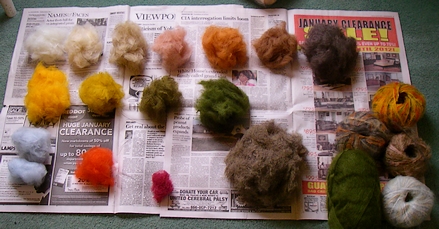
The top row contains white to dark brown. Equal parts of adjacent colors will make a shade in between. Use the bottom colors to flesh out your selection so the result gives you full coverage for the shades you’ll use most often.
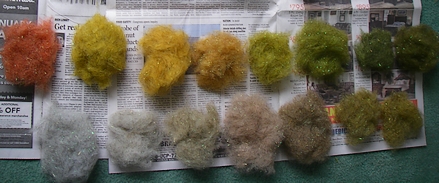
The above shows the shades of color made from mixing adjacent colors and adding “warmth” or “cold” to the result. The Woodchuck/Squirrel blend has been added to mute them into earth tones.
At this point I’ve built a color range of 30 different hues, not bad for the purchase of only 4 balls of yarn, 1 woodchuck, and a single squirrel skin. This has used about 1/6 of the yarn, so I can make 5 more batches in later seasons.
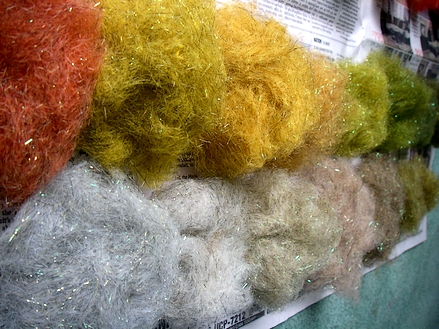
Each of the piles is just under a half ounce – 4-6 packs of the small servings sold at the fly shop.
I’ve run these through the grinder one last time to add the Soft Crimp Angelina fibers for sparkle. I prefer adding sparkle as a separate pass as it offers better control over the overall effect. This yields 12 colors with sparkle, and 12 additional colors without glitter.
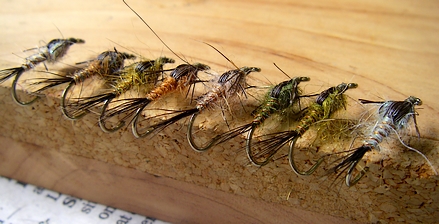
It took most of the weekend to construct all this – as the grinder motor has to be watched carefully due to the volume of grinding and overheating. Having a second grinder would prove useful – but it’s easy enough to grind a half dozen colors every four hours, letting the assembly cool down between fits of artistry.
The perfect rainy day project.
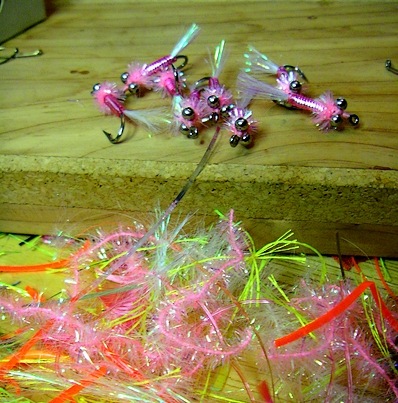

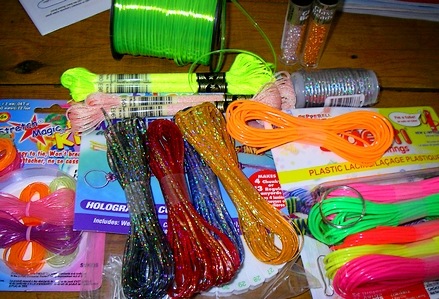
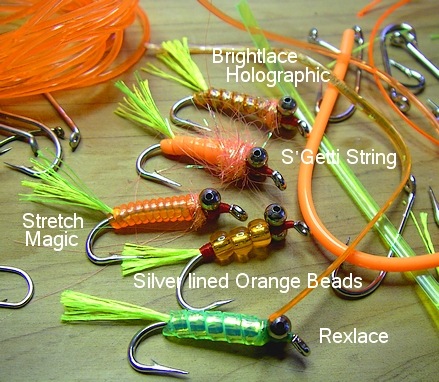
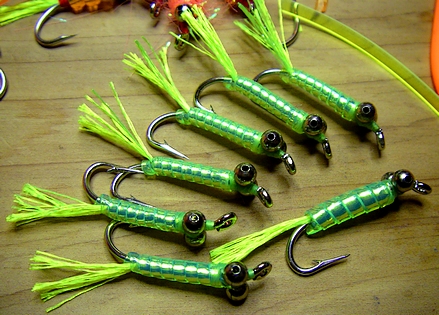
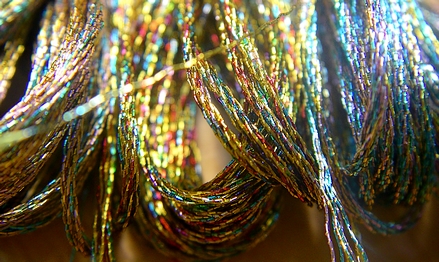
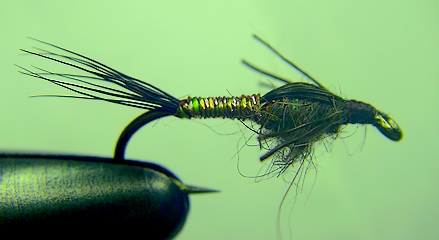
 For some it’s drugs, booze, or gambling, for others it’s the rush of adrenaline. For the chaste, it’s religion, or a triple decker, three cheese, bacon-wrapped grease-meat with a side of stained paper bag.
For some it’s drugs, booze, or gambling, for others it’s the rush of adrenaline. For the chaste, it’s religion, or a triple decker, three cheese, bacon-wrapped grease-meat with a side of stained paper bag.

 The quantity of shreds added to the blender determines whether it’ll blend or simple remain immobile and make funny noises. In order for the grinder to tear apart and blend the yarn it has to move the contents freely inside the container, spinning the fibers like a cotton candy machine.
The quantity of shreds added to the blender determines whether it’ll blend or simple remain immobile and make funny noises. In order for the grinder to tear apart and blend the yarn it has to move the contents freely inside the container, spinning the fibers like a cotton candy machine.





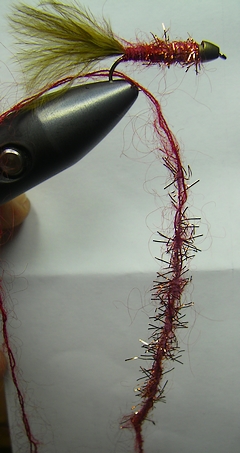 I’m reminded of the last minutes of “The Natural” – where Robert Redford glances at his broken bat, turns to the batboy and says, “Pick me out a winner, Bobby.”
I’m reminded of the last minutes of “The Natural” – where Robert Redford glances at his broken bat, turns to the batboy and says, “Pick me out a winner, Bobby.”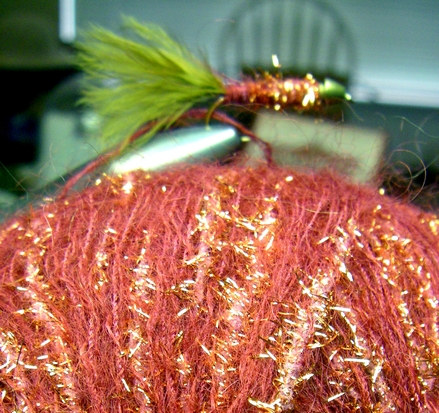
 Your only real friend is “Fly Tying Theater” – that collection of tapes or DVD’s whose dialog you recite from memory, you know the audio cues for the heroine disrobing, what she displays and for how long, and can list the internal organs forcibly removed by the next violent death.
Your only real friend is “Fly Tying Theater” – that collection of tapes or DVD’s whose dialog you recite from memory, you know the audio cues for the heroine disrobing, what she displays and for how long, and can list the internal organs forcibly removed by the next violent death.